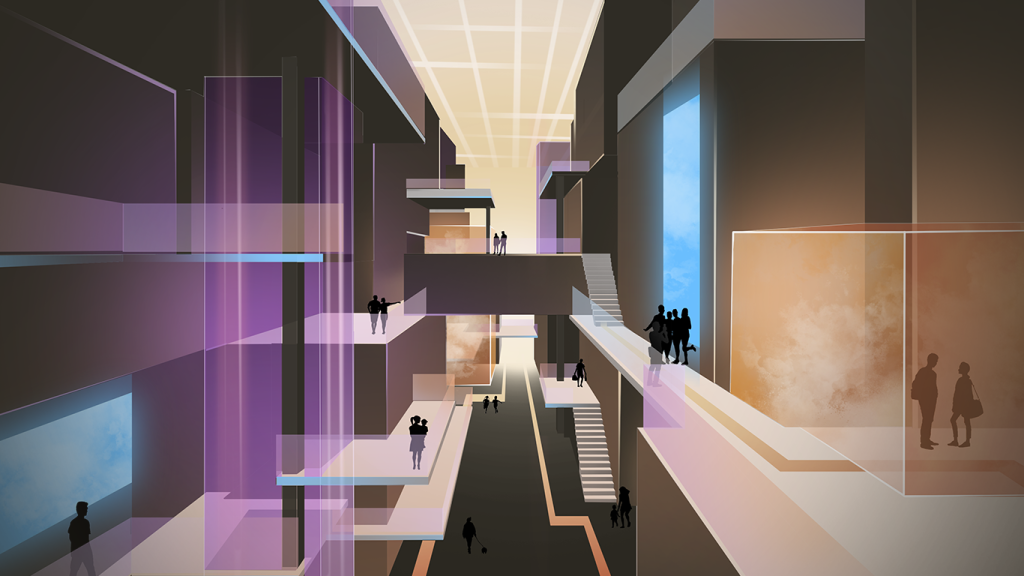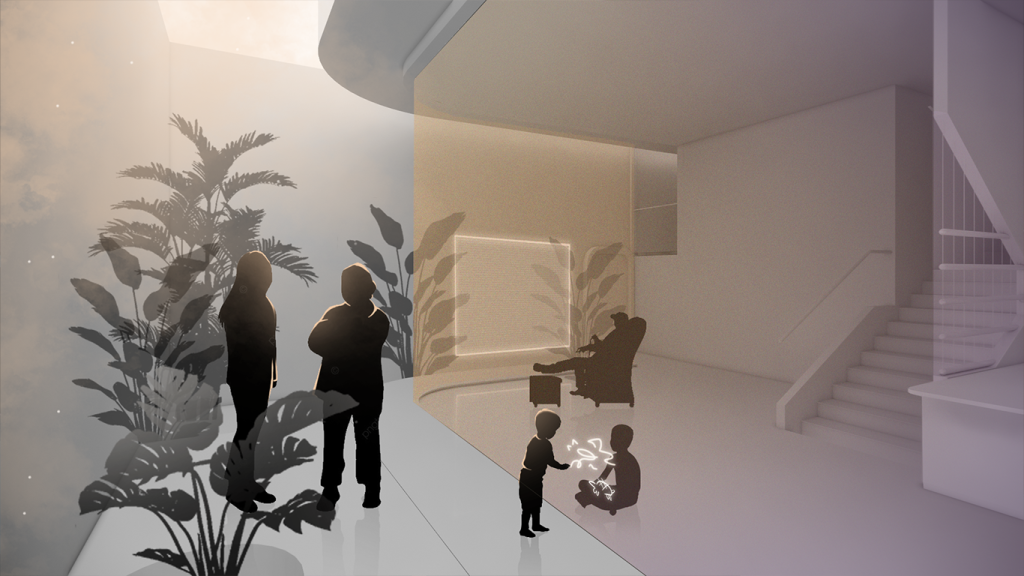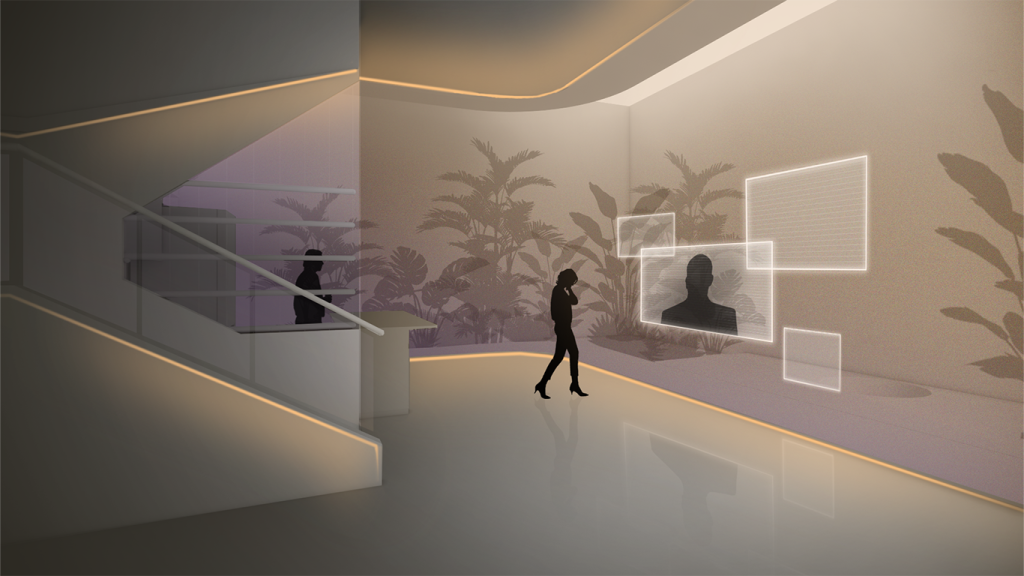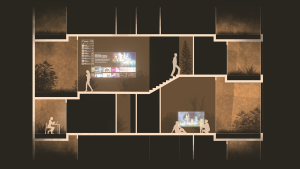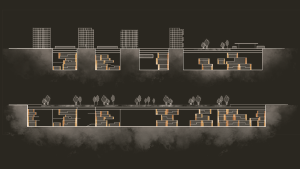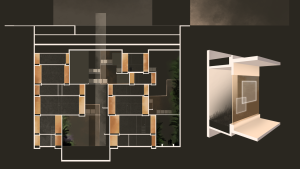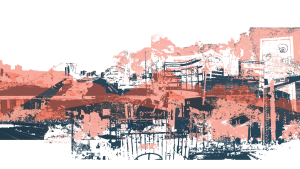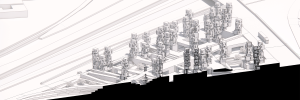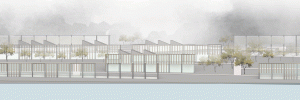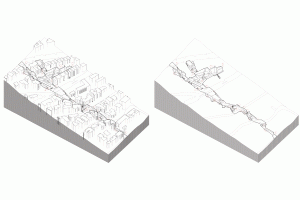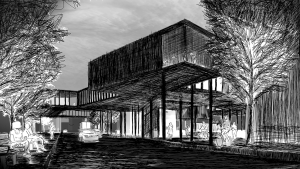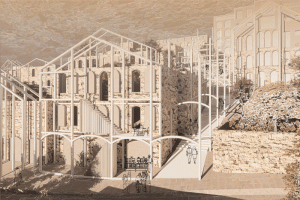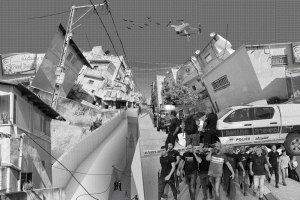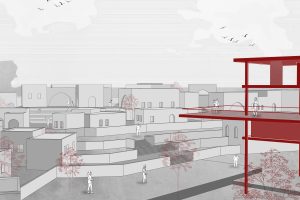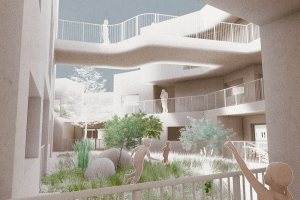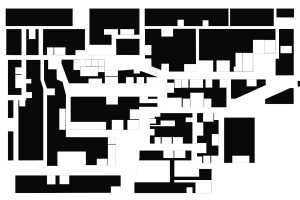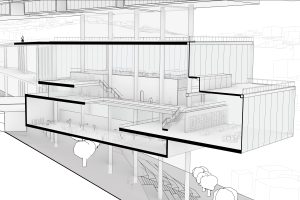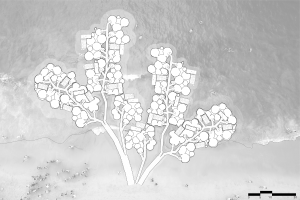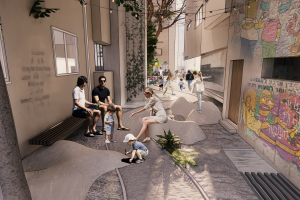Crowding on the Horizon
The rapid population growth in Israel in recent decades has created a pressing need for housing development at an accelerated pace. The current solutions focus on redeveloping old neighborhoods or expanding cities on the outskirts by establishing new neighborhoods, typically characterized by high-rise towers of 10, 20, or even 30 floors. These neighborhoods are designed according to standardized, repetitive programs based on conventional planning principles. However, the emphasis on maximizing density while adhering to outdated planning concepts from the last century, especially regarding the relationship between interior and exterior environments, has resulted in poor living conditions.
The starting point for this project was an analysis of the closed blinds in the Jezreel neighborhood in Afula, reflecting the reality of modern urban living. Residents desire 2.5 to 3 air directions and views of their surroundings, but in practice, most close their blinds for privacy, sacrificing the views they sought. The areas around the buildings are dominated by parking lots, occupying almost all available space leaving little room for quality outdoor environments. Neighborhood parks, which are intended to offer green spaces, only provide views for a small minority of residents.
This phenomenon of closed blinds inspired the development of a new, revolutionary living model. The concept involves a complete disconnection from the external environment by eliminating physical windows and replacing them with apartments that feature a double shell. This design allows for a virtual window, enabling residents to customize their living environment according to their preferences at any given moment. This new housing approach is not limited by ground-level constraints, allowing for the maximum use of space within the neighborhood and even creating additional layers for urban streets.




